Creating a sales funnel is an essential part of a marketing strategy. It plays an important role in generating conversions, because this tool accompanies users from the first contact they have with your brand all the way to when they make a purchase and become loyal customers.
In this article, we will walk you through how to create a sales funnel and optimize it according to the agile methodology.

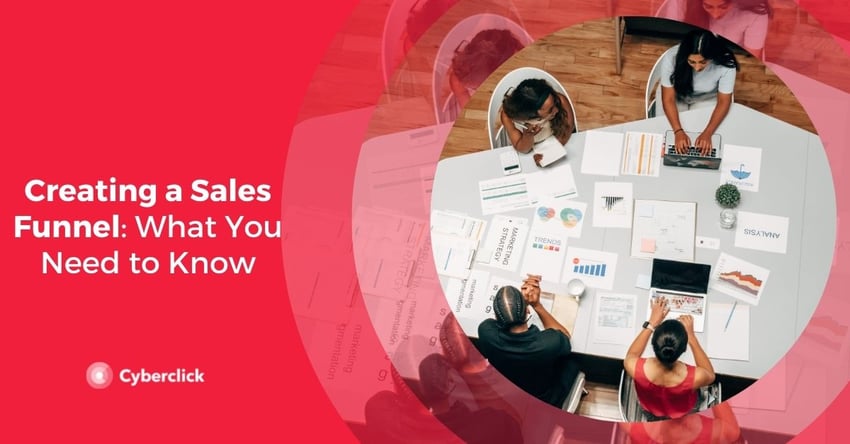
What Is a Sales Funnel?
The sales funnel (also called the conversion funnel) is a marketing model that can be applied to any sales process. It is a way of classifying and organizing the different phases a customer goes through, from the moment he or she becomes aware of your product until a sale is generated.
The term "funnel" came about because this process involves filtering users through a series of successive stages. Out of all the visitors to your website, only a small percentage become leads. Of these leads, only some of them will interact with the content you send them. Finally, out of all the users who interact with your brand, only a few will become customers.
Having a well-defined sales funnel helps you understand how to optimize your marketing strategy and improve your conversion rates.
How to Create Your Sales Funnel Step by Step
To understand this concept, let's review the three main phases of the sales funnel.
TOFU Phase (Discovery)
The first phase is called TOFU, or top of the funnel, and is the widest part of the funnel. In digital marketing, this equates to visitors to a brand's blog, website, or other channels.
The challenge is incentivizing users who have come in contact with your brand for the first time to leave you their data, which is typically captured in a lead generation form. You can use different strategies to entice them, such as offering them interesting content, a free webinar, or launching a giveaway.
MOFU Phase (Consideration)
In the second phase, the middle of the funnel, the visitor has been converted into a lead. This is a great first step, but you still have a long way to go. To keep moving the lead down the conversion funnel, you have two key tools: lead scoring and lead nurturing.
Lead scoring consists of creating a lead evaluation algorithm that tells you what stage of the process the user is in. Generally, leads are classified as "cold" (still in the early stages of the process and have a long way to go before converting), "warm" (more advanced than cold leads, but not yet ready to buy), and "hot" (ready to convert soon).
Lead nurturing is based on using the information gathered through lead scoring to "nurture" the lead and encourage them to purchase a product or service. You can do this by sending the lead interesting, engaging content and valuable offers.
BOFU Phase (Decision)
Finally, there is the BOFU phase or the bottom of the funnel. This is the narrowest part where users are ready to become customers.
At this point, the challenge is to give them that last push so that they decide to buy. To do this, focus on sending them promotional content and messages, rather than informative content.
Once the sale has been closed, you must configure after-sales actions to generate long-term customer loyalty.
Applying Agile Methodology to Your Conversion Funnel
Although the agile methodology was initially intended for software development, its basic principles, as stated by TechTarget, are easily applicable to sales.
-
Put individuals and interactions over processes and tools. There are many tools, like email marketing solutions and CRMs, that can help you automate day-to-day tasks and coordinate sales processes. The important thing is to focus on optimizing your workflows first and then choose the supporting tools accordingly.
-
Software over comprehensive documentation. This doesn't mean that you shouldn't document things. Just make sure that the documentation you create is of value and doesn't hinder your team's progress
-
Customer collaboration over contract negotiation. The key objective of your sales funnel should be to establish authentic relationships with your customers. Only then will you be able to identify and satisfy their needs. This will also create communication that is fluid and natural and save you from having to constantly review the terms of the contract.
-
Responding to change over following a plan. The digital environment is constantly changing. For this reason, it is important to stay flexible, improvise when needed, and provide effective responses to any issues that arise. This is the only way to properly serve your leads and turn them into loyal customers.
CEO y cofundador de Cyberclick. Cuenta con más de 25 años de experiencia en el mundo online. Es ingeniero y cursó un programa de Entrepreneurship en MIT, Massachusetts Institute of Technology. En 2012 fue nombrado uno de los 20 emprendedores más influyentes en España, menores de 40 años, según la Global Entrepreneurship Week 2012 e IESE. Autor de "La empresa más feliz del mundo" y "Diario de un Millennial".
CEO and co-founder of Cyberclick. David Tomas has more than 25 years of experience in the online world. He is an engineer and completed an Entrepreneurship program at MIT, Massachusetts Institute of Technology. In 2012 he was named one of the 20 most influential entrepreneurs in Spain, under the age of 40, according to Global Entrepreneurship Week 2012 and IESE. Author of "The Happiest Company in the World" and "Diary of a Millennial".
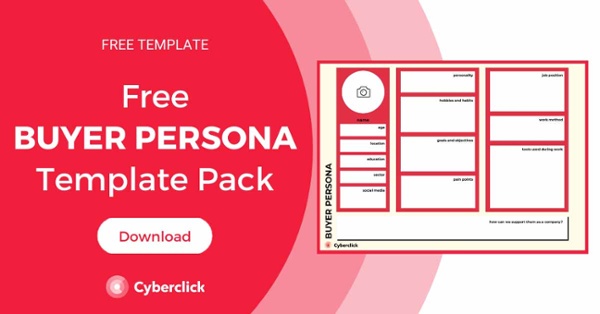

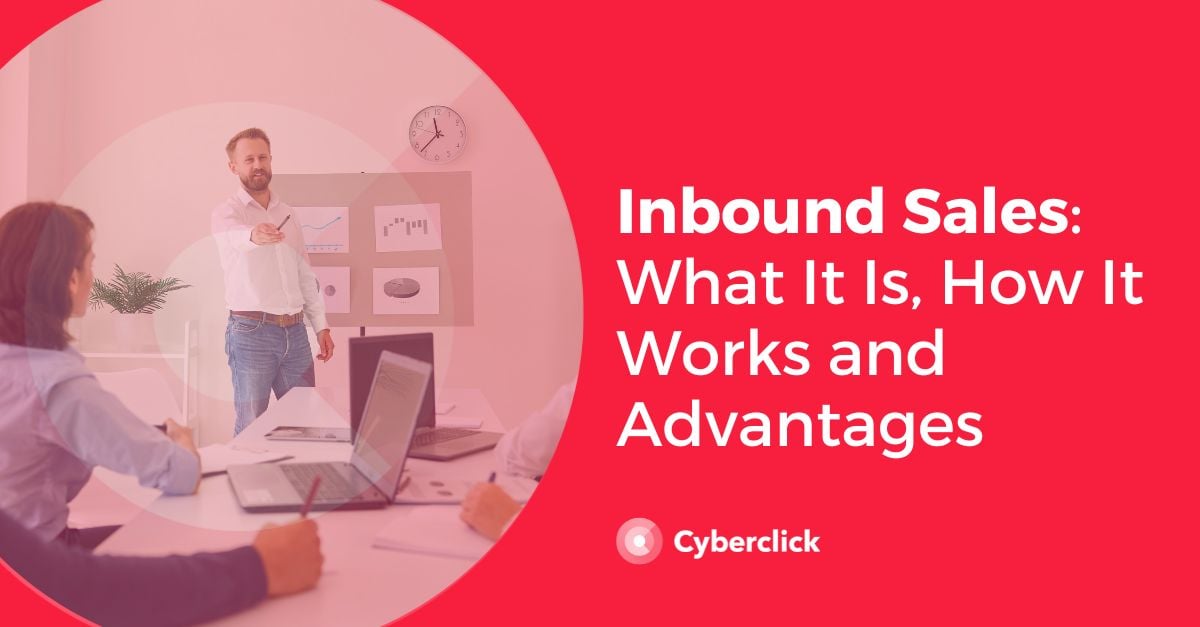
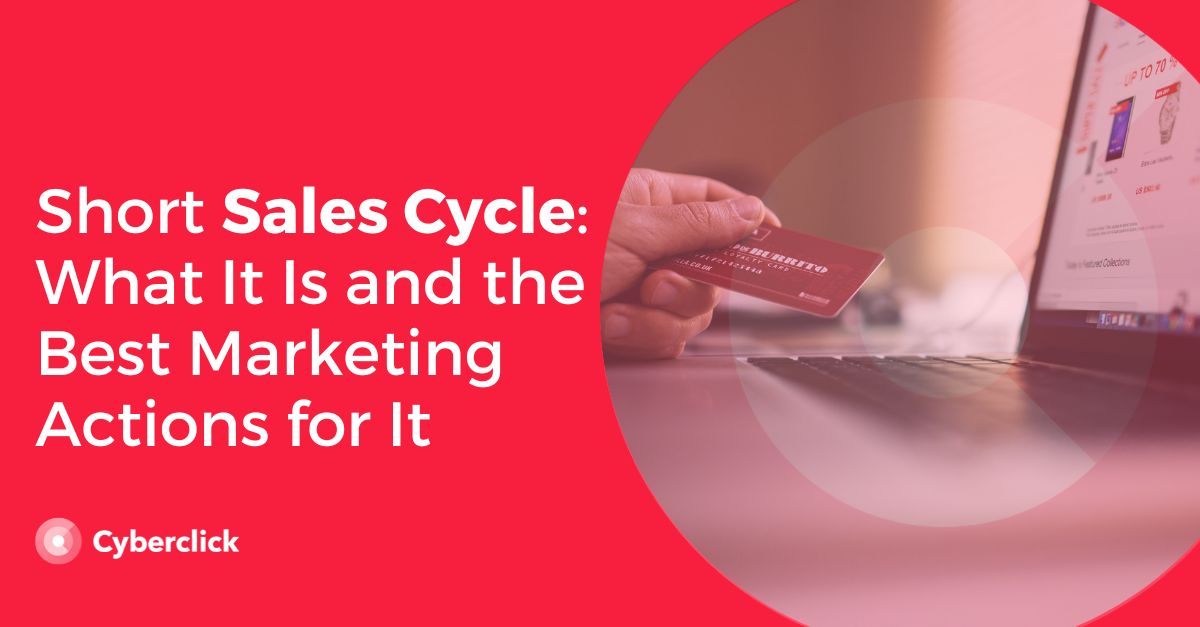
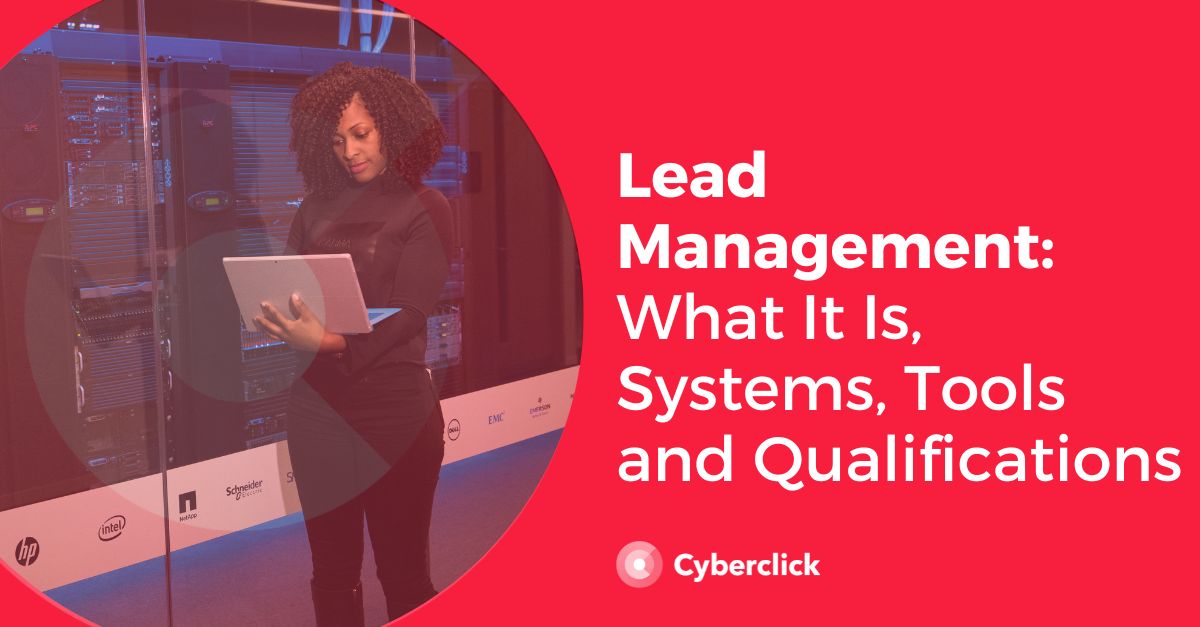
Leave your comment and join the conversation